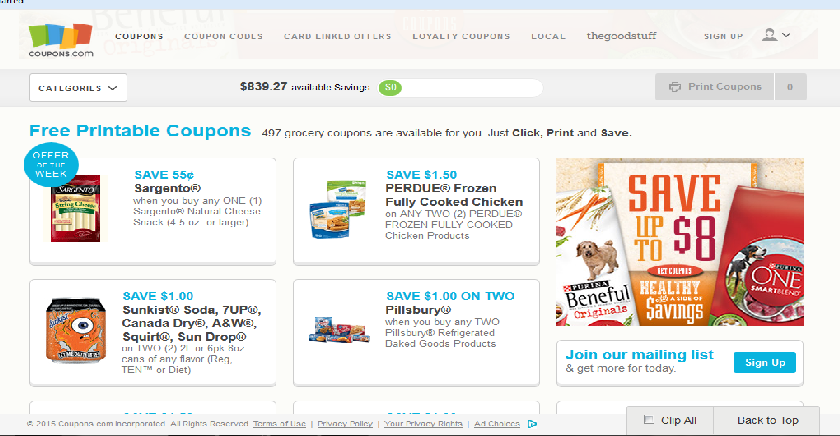Customer Experience has become a buzz word, but the reality is that companies are using it interchangeably with other terms and that is creating confusion for what these roles are and what they should be doing. Some of this is due to how mature an organization is from a Customer Experience maturity level and at other times it is a lack of understanding or alignment on what Customer Experience is.

Customer Service is not Customer Experience
I realize this may be provocative especially for companies who are investing significant time and money within their customer service teams. I see many ads for Customer Experience Directors within LinkedIn and other online job boards. I get excited thinking about the number of companies investing in Customer Experience (CX). Then I read the job description and that excitement is greatly tempered. The role is to manage the service team first and incorporate CX into it. The roles may or may not include developing and improving journeys, but mostly it is about creating a wonderful experience for those engaging with the customer service team. So, how is this not customer experience?
Customer experience is defined as the emotional perception a customer has of the sum total of all the experiences they have with you and your product. If that is the case, the experiences a customer has with the service team is only a piece of that entire experience. Focusing on only those touchpoints ignores all the other ways a customer interacts with you such as your website, your sales efforts, the product itself, your email outreach and any other ways the customer may engage. Your efforts with the service team are important, but they are not everything.
Digital Customer Experience isn’t the only Experience
Similar to customer service, your customer’s digital experience isn’t the only experience they are having. One could argue that if you have a SaaS product or are focused on digital outreach then tracking digital journeys are key to improving CX.
I beg to differ. I have helped to build digital journeys and corresponding metrics within a number of organizations. If done right, they are based on a persona and a segmentation and the metrics measure how and when the customers engage with various digital outreach whether email, the website, or a banner ad. You will also see some NPS or CES scores added to those metrics. The journeys show the path the customer takes, but what is missing often is the empathy and the emotional elements of the journey. The reason is that often that segmentation is based on demographics, but not on the psychographics and unmet needs a customer has. If a customer doesn’t click through to content, do you know why? Do you know if what you are providing them is fulfilling an unmet need?
Furthermore, there is more to the customer then their digital interactions. Do you have an account management team (B-to-B) or an implementation team? What is the customer’s experience with these teams? How do they differ from the help desk or service team? Even if most of your customer touchpoints are digital, what is the experience your customer is having with your product itself and do you know if your product and your messaging are responding to their unmet needs?
Customer Experience Manager within Service Delivery
Another team using the term Customer Experience is within the service delivery or account management team. Generally, in these instances the Customer Experience Manager/Director is utilized to oversee the experiences tied to the service delivery team for individual customers. If the account manager is managing day to day issues the CX Manager is theoretically looking at it more holistically
But, here again, this group is focused on the day-to-day and not the overall end-to-end experience of those customers. They aren’t developing and evaluating the customer journey, executing research, developing new processes or managing VoC – all things a corporate Customer Experience team will do. Internally, if a company has both a corporate CX team and Customer Experience Managers in service delivery there is inherent confusion on who is doing what simply by the nature of the titles.
What Should Companies Do?
I don’t want to say to all companies that what they are calling Customer Experience really isn’t. It isn’t that simple. All of the above areas are part of the customer’s experience with a company even if the title isn’t the traditional definition of CX. Additionally, how they are investing in the area of Customer Experience, how long customer experience has been utilized and the maturity of the organization all play into it. What’s more, I would venture that in most of the companies where they are using this alternate CX description they don’t have a dedicated CX team developing and managing VoC, journeys, and KPIs. Therefore, there isn’t confusion internally and they are working towards the same end – creating a best-in-class customer experience.
The reality is Customer Experience as a discipline is still nascent in many ways and the number of companies who have a dedicated Customer Experience team or professional that isn’t part of customer service or service delivery is limited.
I would offer a couple of recommendations:
- Clearly define what Customer Experience means to your organization and develop a vision for it regardless of where it lives.
- Limit the title of Customer Experience Manager to one department or job description. This will obviously limit the internal confusion and focus efforts around the journey.
- Develop ways to understand, create and improve the end-to-end customer journey working closely across functional lines including marketing, service delivery, operations, and customer service.
Ultimately, the most important thing is to deliver a great customer experience. Regardless of where your company is on the CX maturity scale, make sure that everyone is aligned on what Customer Experience is within your organization.





